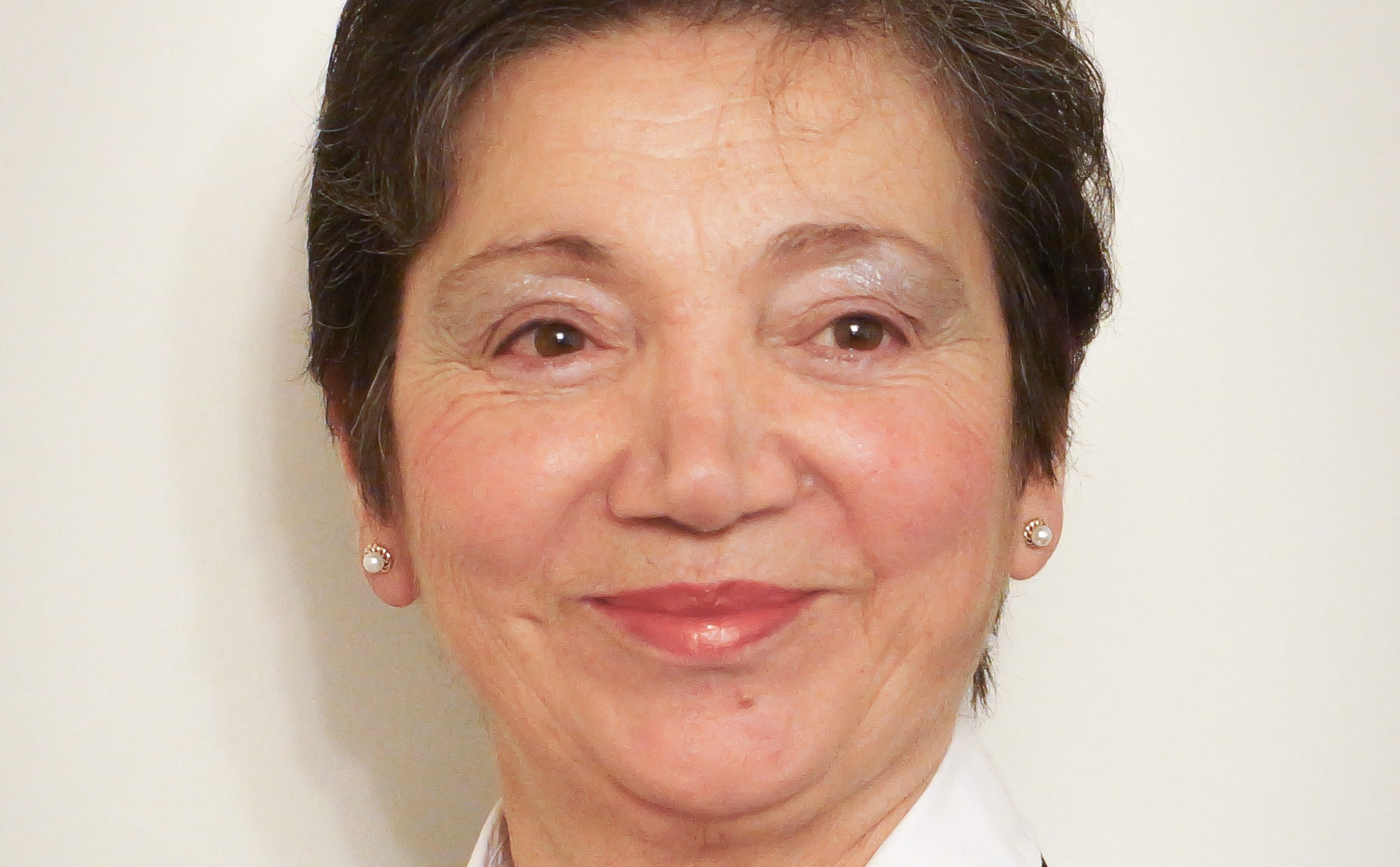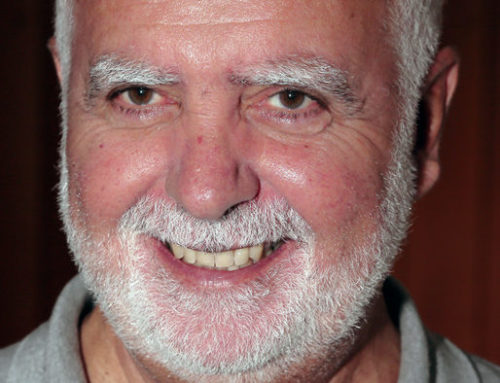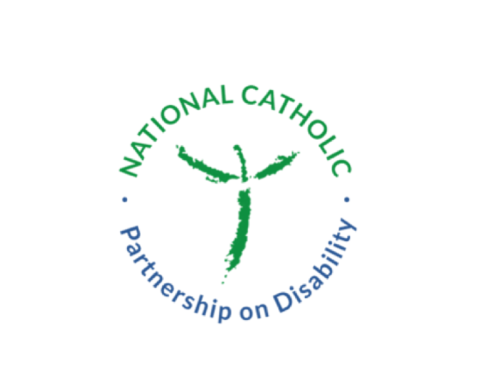Anne Lastman
Recently I read Cardinal O’Malley give a progress report on the work done by the Commission for the Protection of Minors and the difficulties and successes of this commission. The appointments, the budgets, the offices etc and this took my interest. Having followed this latterly created commission I wanted to see the progress. I found the appointments unusual to say the least. Victims do not make unbiased workers in this field most especially because their pain will always be present with them and the only outcome wanted is to see the perpetrators punished and other expectations.
We have heard from hierarchy of the Church indeed even from his holiness Pope Francis and his term “zero tolerance” when referring to sexual abuse of children by Catholic clergy. Yes, zero tolerance would be a great outcome but…….
When I hear this term being used, I shake my head and know that sexual abuse of children has not been understood and this meeting is an attempt to stem what seems to be a tide of evil and wickedness which has lain dormant within the Church for eons and suddenly has found hearing ears, media attention, and possibly other benefits.
Very humbly I suggest that this meeting will not achieve much as sexual abuse of minors is still going on as we read and speak. It’s a fantasy to believe that the spotlight being shone on this issue will suddenly bring child abuse to an end because of said spotlight. This is naive and a sign that the reason behind sexual abuse of minors is not understood for what it is. An addiction, just like any other addiction but before the addiction a repetition of previous personal trauma, and once embarked on this the rest of the road towards becoming an abuser becomes a necessity for the perpetrator.
Defined, sexual abuse is the forceful intrusion into the sacred space of sexuality in the life of a person and especially of the child in the context of one in whose trusting care or one who should not have been doubted of love and care. This is a very contemporary/media explanation for sexual abuse, but behind these words there is an immensity of pain and distortion. However, there is still much more to the experience and more and more the voices of those who have lived with the experience report dimensions which had hitherto been unacknowledged. For these voices, sexual abuse has meant the brutalizing indignity and dishonour of innocence. Loss of much.
By its very nature sexual abuse is a form of distorted intimacy. A violent and soul-destroying act/s whose evil and suffering can only be equated with past crimes of human sacrifice and genocide. The violence inherent in the very act of abuse will also be manifested in the physical living realm of society because the victim then carries into family and then society, the after effects of this abuse.
That there is now a Vatican Commission to deal with abuse of minors is a good thing but, are clergy the only perpetrators? Yes, indeed there has been a bringing to light the sins of clergy of all denominations and institutions, but none have looked to see what actually sexual abuse is and what causes such an aberration and until then sexual abuse of children by adult will continue unabated.
After the meeting into abuse, what then? Will that mean that there will no longer be any abuse of children? Once all the perpetrators of the Catholic Church and other faiths and institutions have been purged what then? Will it end the sexual abuse of children? No, because sexual abuse of children begins in the family or friendship circles.
Will this Commission with its varying delegates and action plan find the solution?
One of the best steps that I can see is to understand sexual abuse better and its effects and why it happened, and if this is looked into truthfully the “why” it happened in the Church will become clear.
What happened? The answer to this question “what happened” and how did it happen and where and did it start must be sought. It’s only with being able to answer the “Why” that an answer can be found. Scapegoats are then not needed.
That there will be needed much time to deal with the deeply embedded issue is to be understood. That there must be real learning about the abuse and its effects and then programmes written to deal with this paraphilia. Listening to the experiences and voices of the victims is not enough because the victims can only speak of their confusion, losses, pain, disfunction within their life. I would suggest that having victims on the commission is simply a token appointment. In their pain they would be unable to assist in the “why” of their abuse.
Sexual abuse of children especially by clergy has an added dimension attached to it because children at the time of abuse assume that the priest, who represents God, has God’s permission to hurt them, and this excuse often used by the priest perpetrator and other abusers. Sexual abuse of children is a paraphilia. it has nothing to do with priesthood Catholic or otherwise. It is an abnormal sexual attraction to a child and it has existed since before humans could light a fire and while there has been a universal taboo across cultures throughout known history, it has not ever been eradicated even in our day of technical advancements, “civilised society”, finesse etc because it’s still a taboo (just like abortion used to be). There are cultures where very young children are still bartered for marriage from early childhood where it is the custom and legal.
That the Catholic Church and its priesthood have been singled out as having the largest number of perpetrators is not surprising because it is the largest Christian denomination and which has good and holy priests but also a minute percentage of not so holy ones. Perpetrators and of course the angst against the Church’s beliefs ensures much to report on and a desire for it to become world news.
So, the question remains. where did the perpetrators emerge from? and how did it begin with the perpetrator? And again, research arrives to an answer that perpetrators (priests) come from families where they were themselves abused. Whose own parent/s (most especially fathers, brothers, uncles, grandfathers and occasionally females) sexually abused them and the abusers before them were also abused. Transgenerational sexual abuse trauma continues until there is a resolution. Every cell in the abused and abuser body remembers and the response to this memory seeks to understand. Why?
Many reasons are posited for why parent/s sexually their own child/ren and again research seems to point to an attempt by the abuser to repeat his/her own story and gain mastery over it. However, because of the nature of the “drug” (sex) it becomes addictive, leading to further intergenerational and transgenerational transfer of this psychological aberration.
Other reasons proffered are that perpetrators are looking for lost closeness and love from their own parents whose emotional abandonment, disengagement, and neglect left an imprint of incomplete development and a need to find such a lost need.
There is copious amount of literature on the sexual abuse of children and research into this has been in existence for at least fifty years, and abuse research was not about a select group (Catholic Church) but where the source of all abuse begins. Yes, institutions unintentionally have perpetrators in their midst but the perpetrators did not become perpetrators because they, in this case they are priests/religious, but a perpetrator comes from a situation where the taboo has been broken.
Satan always has time, and his time came when gradually from around the globe came media reports of abuse by some priests. The self-righteous secular and very much some Catholic media, whose angst against the Church is always evident in its strident attacks, is only too pleased to highlight these abuses. The same media which upholds the evil of abortion, euthanasia, transgender as a right is the self-appointed guardian of morality.
Today with the benefit of hindsight and with solid recent research revealing the effects of abuse on children, it’s easy to say that bishops, priests, and others handled the situation badly, and this, sadly, has been the case. But according to noted American priest, Fr Benedict Groeschel R.I.P (2014) said that in earlier decades no one knew much about paedophilia and during his period of training to be a psychologist not once did he hear the word “paedophilia”. When cases began to emerge, therapists thought that it could be cured by therapy and spiritual supports such as retreats, sacraments, and counselling. Sadly, as we have seen, paedophilia, like any addiction, is difficult to eliminate and the retreats, sacraments, counselling did not work and so the new idea was to move perpetrator to a different place away from the victim of his desire.
It can be managed if there is a strong desire on the part of the perpetrator, but a cure is well-nigh impossible because of its relationship to the “pleasure principle” part of the brain, (Id/Amygdala) the part which lights up when an addict satisfies the strong craving.
When molester priests were discovered, they were moved from one parish to another due to the then very poor understanding of the strength of sex addiction. It was thought that moving the priest from the object of desire would bring an end to the problem. With spiritual counselling and support it was thought that the attraction would be over. But not so a new and similar victim found and same began again leading at times to many victims by one perpetrator.
That it was morally wrong I am sure was understood, but what was not understood was the harm that the abuse would do to the child and in a different way to the molester, himself. This is not to excuse the abuses but to state a reality.
When a young man or woman enters ministry with an existing background of abuse (sexual/physical/emotional) and unresolved grief, then by the nature of their future work (pastoral) the encounter with people with traumas is assured and their need to be available to the wounded can in some way assist them to revisit their own wounds and some believe this will help to heal them. I believe it is an attempt to reconnect with the past and look deeply into “what happened to me” I would even call it a type of voyeurism, looking into another’s pain to heal self without being seen.
Entering ministry is perhaps also an attempt to make oneself feel worthy and clean before others and before God because sexual abuse always leads to feelings of worthlessness, unworthiness and unclean and becoming a priest and offering his life for God appears to him as something good and the sacrificing of his sinful sexuality. This of course can be confused with Christian wholesome ideals (becoming a priest/religious) and hence the response to the idea of ministry.
It has been suggested and spoken out loud that priests become priests in order to be in a position of trust so that they have access to children to abuse.
The very idea is ludicrous that anyone would undertake the many years of study and training needed to become a priest so that much later as a parish priest, years after ordination, might have access to numerous children to abuse. The same could be said of a doctor who becomes a doctor in order to see naked bodies or a gynaecologist who becomes a gynaecologist in order to see naked female intimate parts.
It has been further suggested that the celibacy issue of the Catholic Church is responsible for paedophilia. If it was a celibacy issue then no other denomination would have sexual abuse in their midst. Yet we know that this type of abuse has been found in all Christian denominations where ministers are permitted to marry; and likewise in Jewish and other religious faiths where celibacy is not a requirement. And further, if it was a celibacy issue, the perpetrator would not necessarily look to child or prepubescent or pubescent boy/girl but rather an adult female relationship. If it was a disturbed or maladjusted developmental issue then we can see that the interest would not be towards a “normal” (female) attraction but a disturbed attraction; the same as it is imprinted into their own emotional script.
What we have seen in clergy abuse is mainly an attraction towards male children or even male youth (ephebophilia) or seminarians, which is a different issue. A priest, who abuses a child at a certain age, a certain time, is perhaps repeating what was done to him at a certain age, certain time because something about a certain child can act as a trigger which brings forth memories of his own and so he sets out to repeat the trauma in an attempt to master it.
It must also be remembered that a student for the priesthood, when entering a seminary for what he believes is a vocation from God, brings with him his past history, including possibly one of abuse. He may be unaware that in due time the abuse will put at risk his response to the vocational call.
No matter how much the Church hierarchy and other priests and laity will be disgusted and quote the scripture passage about the “millstone” (Mt. 18:6. Lk 17:2) and having to answer before God (as we all do), the reality is that a paedophile is not born a paedophile. Something happened between innocence and paedophilia. This is not excusing the crime and the pain and anguish this causes, but to say that something happened to distort the developmental aspects of the child, then youth and later man. The answer to not only healing but finding reasons for the abuse and maybe helping with this knowledge, is to begin by looking into the nature of child abuse.
In a very sexualised society like we have today, free, and available pornography, distorted sexuality will be found both in priest and/or religious as it will be found within households. Social media accommodates all forms of sexual abuse.
Freud believed, right to the end of his life, that the sexual abuse of children was more endemic than was believed and that such abuse was disastrous for the child and later adult. Any disturbance during the psychosexual development of the child, especially during individuation leads to fixation at that particular stage and continuing repetition throughout life in order to perhaps move through the trauma or disturbance and making sense and healing that addiction and the feelings of dirtiness left behind.
That it (deviant sexuality/paraphilia) becomes addictive and therefore the need for many victims is not surprising because of the release of the feel-good hormones and all the so-called love, attachment, addictive pleasure hormones are cathartic especially when inner turmoil is present or has been present for many years.
I am not saying that it is right, just that a pleasurable release during the intimacy is experienced and therefore a need is felt to continue with that which produced the pleasurable sensation. It also becomes an addiction towards child victims which brings to the perpetrator’s mind his own/her own uncompleted, negative experience.
I believe that traumatised, pain-filled individuals who enter into religious life are looking for a spiritual solution to their pain and even their horror, and indeed it could be said that they are looking to become “clean” from the stain of their early abuse and then in a place of holiness so that God can heal them through their ministry and work for others.
Vocations offer a place of perceived intimacy with God who will cleanse them from aberrant thoughts and desires and actions. Turning to God will provide some protection for the broken self for whom (they believe) there is no reparation and who is beyond help, with a soul so vile that no redemption is possible. Yes, even the word “sin” is ever present in the mind and yet avoided
According to Dr Robert Grant: “Men and women who are victims often seek refuge in clerical and religious life from a world characterised by exploitation and pain. Deprived of psychological care, and skills capable of protecting them in an adversarial world, the convent or the seminary is often perceived as a psychological sanctuary” (Grant, R. pp. 41-42). It is seen as a sanctuary away from pain, not a place where one learns to desire children.
It has been correctly said that the sexuality of a seminarian/priest who abuses is not well integrated. But this should have been picked up by the formators. A young seminarian with an abused or even too early sexualisation history has not been able to manoeuvre successfully, slowly, and progressively, through the psychosexual developmental stages. Hence there is a disruption of mandate to develop progressively and naturally as intended, in other words, an interrupted mandate and because of this interrupted mandate then abuse becomes possible. Signs of this pain are always present and understood to be present with a knowledgeable formator.
Having worked in the area post abortion grief and sexual abuse grief for over 27 years I no longer see sexual abuse as I previously did. I now see it as wounds inflicted into the life principle and both the abused child and the abuser are victims. Each carry on their shoulders a cross. At times a cross which is too much and too heavy can lead to suicide.
The Church is walking the road to Calvary, and so she must, just as Her Lord walked the same road to the same place to cleanse the sins of the other.
The Church has always seen human sexuality as being expressive of the greatness and grandeur of human love which is holy, and sanctifying. However, there must be a willingness and goodwill to study this very important topic, to discover what the real meaning and truth of human sexuality is all about. To glimpse at the glory which is inherent in it, but also to glimpse and see the potential ugliness, if abused.
Zero tolerance is a beautiful ideal but living in a society made up of individuals who sin, that ideal is impossible because we live in a broken world made up of people who are also broken so the ideal is hoped for and that’s all it can ever be, but zero tolerance must also deal with perpetrators who in most instances begin their life of licentiousness as victims and end with self-destruction.
In anger calling abusers “tools of satan” does nothing. It’s a type of comment which the media would use and is a self-defensive comment.
Instead of vilifying the “dirty” “filthy priests” the Catholic world and with other denominations weep for those victims, suffer for the victims, pray for the victims and perpetrators, and unlike the media, stop the vilification of Catholic Church, Catholic priesthood, and victims of both kinds.
“Not even a murderer loses his personal dignity”
(St John Paul II, Evangelium Vitae, 1985 Chap 19)
Grant PhD, R. (1994-1996). The Way of the Wound. A Spirituality of Trauma and Transformation. Pub: Oakland California, by Robert Grant PhD.
Grant PHD, R, (1994-1995) Healing the Soul of the Church. Ministers Facing their own Childhood Abuse and Trauma. (Printed in USA 2nd Edition.
Horowitz, M.J. Stress Response Syndromes Ed. 2, New York, Jason Aronson, 1986









